IMDEA Networks

"Technology demonstrations are the ultimate proof that a proposed solution actually works in practice"
25 February 2015
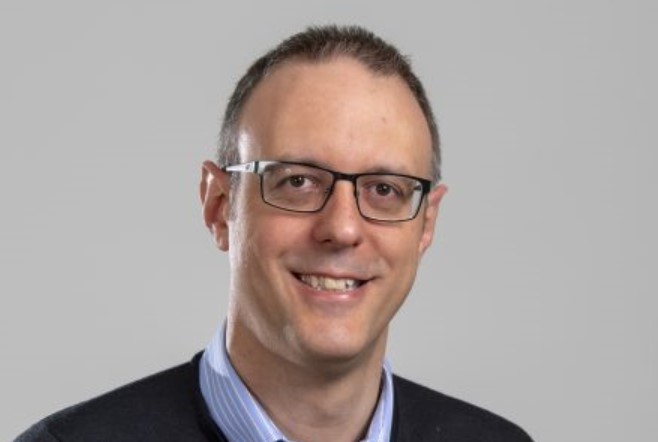
Interview with Paolo Casari, Research Assistant Professor, IMDEA Networks Institute
1. To begin this interview, we are curious about how you were called to the life of science. When and why did you decide to become a scientist?
Like many of my age, I have been fascinated by the introduction of computers into everyday life. I was barely 7 when my parents bought a PC based on the good ol’ 8088 processor. Besides word processors and spreadsheets, which pertained more to my parents at the time, I was sort of allowed into the amusing things such as simple games, and the Logo language.
My interest for electronics and computer engineering started there. I cannot exactly tell when I understood that I wanted to become a researcher in these fields: I guess it was a smooth process of being progressively captured by these subjects, and that the decision to enroll in an Electronics Engineering degree slowly became a natural one. The choice for Telecommunications and Information Engineering and for a PhD program also came quite naturally along the way.
2. What training and background do you have as a researcher?
I graduated at the University of Ferrara, Italy, which has been one of those privileged universities where the ratio of the number of students to the number of professors is small enough and where you can find a good electronics and information engineering school. That was where I started working on wireless sensor networks, a predecessor of what we today call “The Internet of Things”. I got my PhD at the University of Padova, Italy, where I also had the opportunity to be the technical manager of a project on wireless sensor networks. This research line allowed me to keep in contact with several places, among which the Centre Tecnologic de Telecomunicacions de Catalunya, which I recently visited twice.
In 2006 I met Milica Stojanovic, a world-renowned expert in the field of underwater acoustic communications. After spending 6 months with them at the Massachusetts Institute of Technology, I started working in this field, and still am. Being the most senior person to have worked on this topic in my group, I was progressively endowed with greater responsibilities and management roles in research projects. For example, I helped grow and train a group of up to 11 people, who worked on all aspects of underwater networking, from theoretical studies to simulation of communication and networking schemes, up to field experiments at sea.
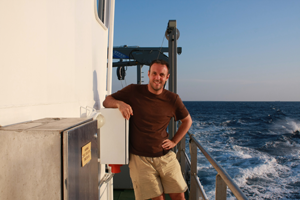
Collaborative research work involves much travelling. In particular, his work on underwater communications leads him to perform field experiments, sometimes in warm and sunny places. This is on board the Leonardo Research Vessel navigating off Pianosa Island, in the Tyrrhenian sea, Italy.
3. How did you get the opportunity to come and work in Madrid? What institutions have you been connected to so far?
I learned about IMDEA Networks at an annual networking workshop held in Italy, where the director of the center, Prof. Arturo Azcorra, came to give a scientific talk and to describe the plans for the present and future of the center. I actually applied for a Postdoc position at the time, but then most of the large research projects on underwater networks we applied for in Padova were funded, and I decided to stay there until all had been completed.
In retrospective, I am glad I had been patient, as I can now join IMDEA with a stronger background and experience, as well as a much larger network of contacts.
In particular, I have been connected to a number of institutions working with the undersea, from big underwater equipment manufacturers to research institutes (including those that specifically work for national defense agencies) in The Netherlands, Germany, Norway, Sweden, and of course Italy.
4. What interested you most about the IMDEA project? What made you want to become involved?
I appreciated the international and dynamic environment I experienced firsthand both times I had a chance to visit the institute before interviewing here. I wanted to be part of a team that pursues top level research, and that has excellence among their objectives, and I do believe this is one such place. I talked to several people, both researchers already working at the Institute and external ones that collaborated with IMDEA Networks. They all agreed on the fact that the Institute is run at international standards, and that researchers are given all the instruments and chances to make their own impact. These are the reasons I finally decided to apply for a position at IMDEA.
5. In what research lines will you be working? What specific results do you expect to see?
I will keep working on underwater networks, with a focus on improving the reliability of communications in mobile scenarios and on integrating multiple transmission technologies together (for example, acoustic and optical). In this field, technology demonstrations at sea have always been valued as the ultimate proof that a proposed solution actually works in practice. I would like to keep this in mind, and translate the same philosophy to the other research lines I plan to work on, namely future-generation cellular networks and machine-to-machine communications. My objective is to design effective and practical communication schemes based on solid theoretical foundations.
6. Did you know Spain before joining IMDEA Networks? What do you like best about Madrid?
The funny thing in this respect is that indeed I had already been in Spain several times before joining IMDEA, but always in Barcelona, either for work or leisure reasons (except that I was once in Santander for a conference).
I have been in the Madrid area (not even in the center) for the first time when I was shortlisted for face-to-face interviews at IMDEA Networks, and I got to know the city only after I had already accepted the position. Certainly it was a bet, and it turned out to be a winning one. I am very happy about the atmosphere here. This city encompasses all sorts of environments, from highly crowded, worldly famous touristic areas to very nice residential neighborhoods, all with their different souls and peculiar characteristics. I love the food, the tapas tradition, and the cultural offer, especially the musical one. I am very fond of the green areas that pop up every now and then unexpectedly when you walk around. You can tell this is the capital of Spain, and that only adds to my feeling that there is a lot to discover. Among other things, I have been told highly of the sport facilities in the city, and I am looking forward to try them!
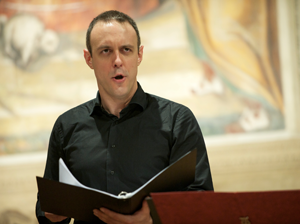
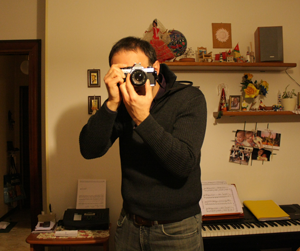
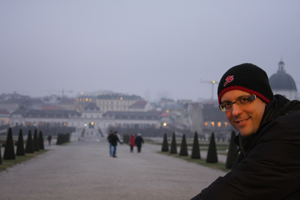
Amongst Paolo’s hobbies are choir singing (he is a baritone), photography and traveling (here he is on a trip to Vienna, Austria).
Resources:
"Technology demonstrations are the ultimate proof that a proposed solution actually works in practice"


Recent Comments